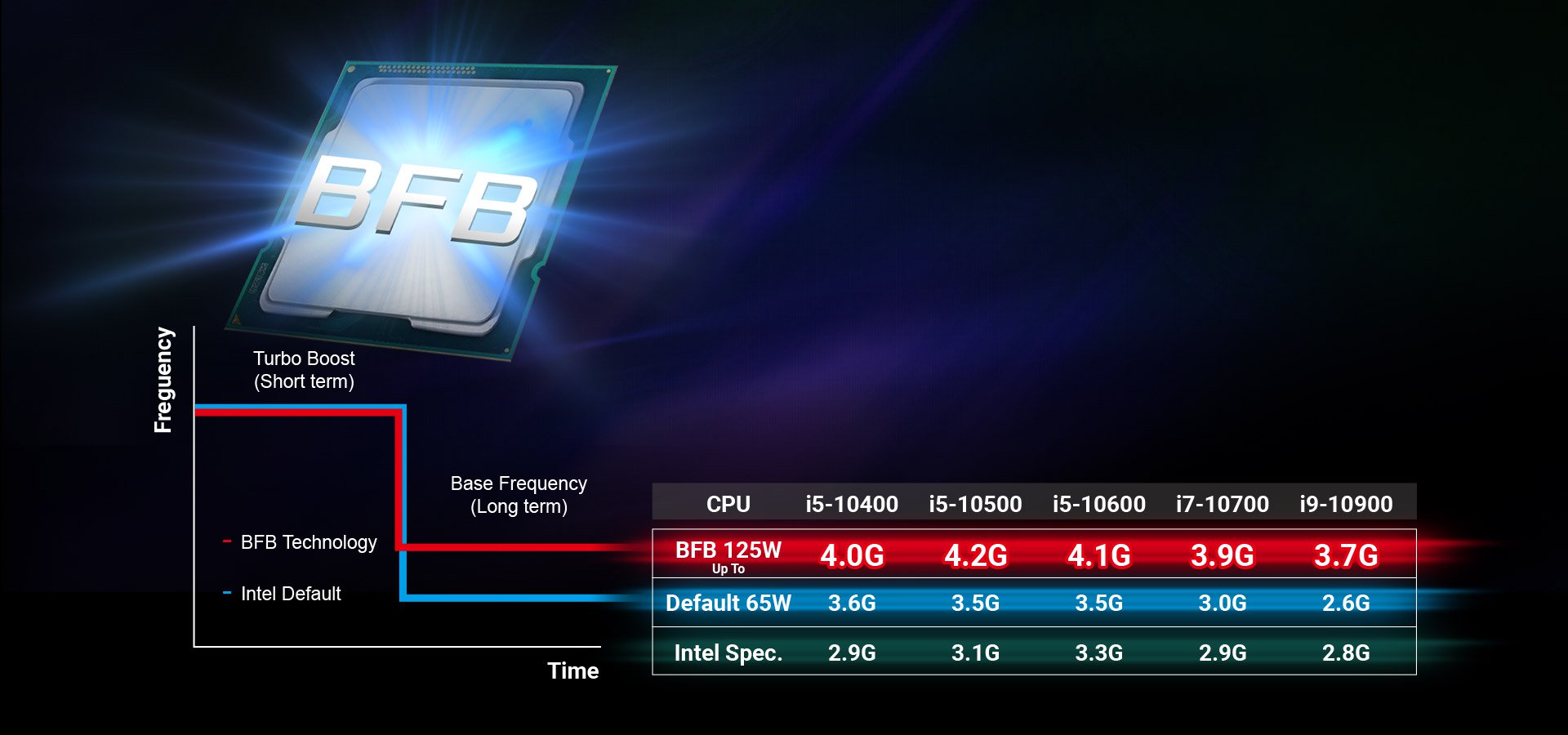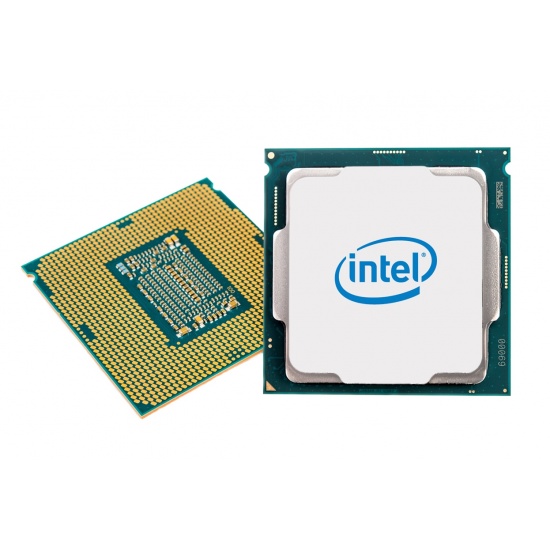
- #What is intel turbo boost technology monitor 2.5 serial#
- #What is intel turbo boost technology monitor 2.5 full#
- #What is intel turbo boost technology monitor 2.5 portable#
The Core i7-920XM runs a little behind the desktop competition in the Stream memory bandwidth benchmark, but that’s to be expected given differences in the test systems used. Still, I ran a few benchmarks on a Clarksfield-based Clevo W870CU notebook with a Core i7-920XM and compared the results to some desktop performance data gleaned from our P55 chipset review to see what’s what.

If Clarksfield is really just Lynnfield squeezed into a notebook-friendly package, how does the mobile variant’s performance compare to that of its desktop counterpart? That’s a tricky question to answer given the unavoidable differences in clock speeds, especially when bolstered by Turbo Boost. Also the TDP, which, at 3.5W, is 1.2W lower than the P55. So what’s different in the PM55? The packaging, which is two millimeters narrower than the desktop part. This limitation shouldn’t be much of an impediment for mobile applications, though. While they support all the features of the PCIe 2.0 specification, the lanes only signal at 2.5 GT/s, which is half the data rate of a full-bandwidth 2.0 link. The PCIe lanes are tagged as 2.0, which is technically true, but still a little disingenuous.
#What is intel turbo boost technology monitor 2.5 serial#
Both offer six Serial ATA RAID ports, 14 USB ports, an embedded Gigabit Ethernet MAC, an HD audio interface, and eight PCI Express lanes. As one might expect, the PM55 is largely identical to its desktop counterpart. The CPU also has a 2GB/s DMI interconnect that interfaces with Intel’s PM55 chipset-a mobile version of the P55 that launched alongside Lynnfield.
#What is intel turbo boost technology monitor 2.5 portable#
On the off chance you’re looking for a portable system with CrossFire or SLI, the PCIe lanes can be split evenly between a pair of x8 links, too. Clarksfield combines its four cores with traditional north-bridge components, including a dual-channel DDR3-1333 memory controller and 16 lanes PCI Express 2.0 connectivity. To put things into perspective, consider that all of Intel’s Core 2-based mobile quad-core CPUs have TDP ratings in the 45W range, and they’re just CPUs. When in LFM, mobile Core i7 CPUs have TDP ratings between 35 and 37W.

The 720QM can drop even lower, down to just 933MHz. The 920XM and 820QM are capable of throttling back their clock speeds via SpeedStep to 1.2GHz in what Intel calls Lowest Frequency Mode (LFM). The chip can also opportunistically cut power to its cache, memory controller, and I/O components, too. Those TDPs are much lower than Lynnfield’s 95W rating, of course, but they’re still high enough to keep Clarksfield out of smaller notebook designs.Ĭlarksfield employs numerous tricks to save power, including shutting down individual cores when they’re not in use. The 920XM has a Thermal Design Power (TDP) rating of 55W, while the other two are rated for 45W. Clarksfield certainly presents a challenge on that front. I suspect success will largely depend on the effectiveness of the notebook’s cooling system. Intel doesn’t guarantee that every CPU will hit its Turbo Boost peak, however. The 920XM and 720QM can each boost their clock speeds by 1.2GHz, or around 60%.
#What is intel turbo boost technology monitor 2.5 full#
Yet that pales in comparison to the Core i7-820M, which can push its core a full 1.33 GHz higher for a whopping 77% increase in clock speed. The most aggressive Lynnfield-based desktop CPU can raise its clock speed by 667MHz above its baseline, which translates to a healthy 18% increase. Interestingly, the mobile Core i7s have much more Turbo Boost range than their desktop counterparts. Turbo Boost is most aggressive when only one or two cores are occupied, but it’ll also push the issue a little if all cores are engaged, thermals permitting. Thanks to Turbo Boost, Clarksfield CPUs can dynamically range above their base clock speeds when adequate thermal headroom is available.


Of course, these base values are just the tip of the iceberg. The range-topping 920XM has a base clock speed of 2GHz-a good 666MHz shy of its slowest Lynnfield-based desktop counterpart. Obviously, the thermal challenges inherent to mobile applications put a bit of a damper on Clarksfield clock speeds. The 920XM and 820QM both have 8MB of 元 cache, but the 720QM must make do with only 6MB. That’s backed by 256KB of L2 cache per core, with a shared 元 cache serving as a last line of defense before main memory. Each of Clarksfield’s cores has 32KB L1 data and instruction caches.


 0 kommentar(er)
0 kommentar(er)
